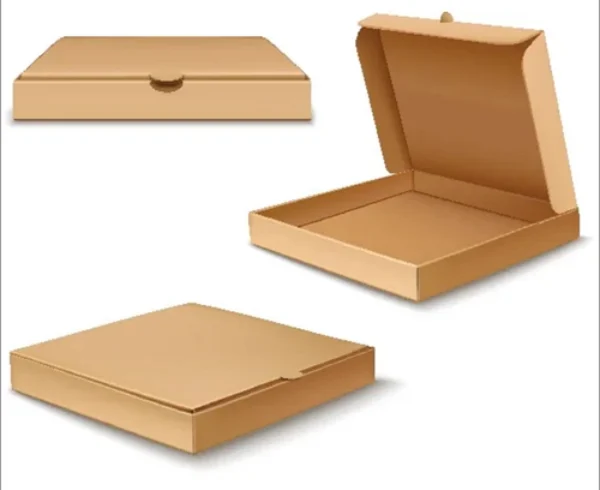3 Effective Ways to Create Winter-Proof Packaging

Creating winter-proof packaging is crucial for businesses that deal with products that are sensitive to cold temperatures. Whether you’re shipping perishable goods or fragile items, it’s essential to ensure that your packaging can withstand the harsh conditions of winter and protect the contents inside. Here are three effective ways to create winter-proof packaging:
Insulation and Thermal Barriers:
One of the primary challenges during winter shipping is maintaining the temperature inside the package. Insulation and thermal barriers play a crucial role in minimizing heat transfer and keeping the contents of the package at an optimal temperature. Here are some effective methods to achieve insulation:
- Insulated Materials: Choose packaging materials that offer excellent insulation properties, such as expanded polystyrene (EPS) foam, polyurethane foam, or insulated bubble wrap. These materials have low thermal conductivity, which means they can slow down the transfer of heat. They provide a protective layer around the product and help maintain a consistent temperature.
- Reflective Materials: Incorporating reflective materials, such as aluminum foil, can help reduce heat transfer by reflecting thermal radiation. These materials can be added as a layer within the packaging or as a lining to enhance insulation.
- Air Pocket Design: Designing air pockets or incorporating air-filled cushions within the packaging can act as additional insulation. Air is a poor conductor of heat, and these pockets create a barrier that reduces heat transfer.
- Phase Change Materials (PCMs): PCMs are substances that can absorb, store, and release heat energy during the phase transition process. These materials can help maintain a stable temperature inside the packaging. PCMs can be encapsulated within the packaging or integrated into gel packs or pouches. They absorb heat during the day and release it at night, maintaining a constant temperature within the package.
Moisture Control:
Winter conditions often involve low temperatures and high humidity levels, which can lead to condensation and moisture buildup within the packaging. Moisture can damage products, affect their integrity, and compromise their quality. Here are some strategies to control moisture:
- Vapor Barriers: Integrate vapor barriers, such as metallized films or barrier coatings, to prevent moisture from permeating the packaging. These barriers reduce the transmission of water vapor and help maintain a dry environment inside the package.
- Absorbent Materials: Include absorbent materials, like desiccant packets or silica gel, inside the packaging. These materials can absorb excess moisture and help keep the internal environment dry. Properly sealed packets or pouches of desiccants can be placed strategically to protect sensitive areas or products.
- Waterproof Sealing: Ensure that all seams, closures, and joints of the packaging are tightly sealed to prevent water ingress. Using waterproof tapes, adhesives, or heat-sealing methods can help create a watertight seal and protect the contents from moisture damage.
- Adequate Drainage: If your product requires cooling or melting ice packs, ensure that there are proper drainage mechanisms to remove any melted water. This prevents the product from sitting in water, maintaining its integrity and quality.
Impact and Crush Resistance:
Apart from temperature and moisture concerns, winter shipping also involves handling packages in harsh weather conditions. Snowstorms, icy surfaces, and rough handling increase the risk of impact and crush damage to the packaging. To create winter-proof packaging with enhanced durability:
- Strong Materials: Choose packaging materials with high tensile strength, such as corrugated cardboard with a high burst strength or heavy-duty plastic. These materials offer better resistance to impact, compression, and crushing forces.
- Reinforced Design: Reinforce the packaging structure with additional layers or inserts to provide extra strength. This can include double-layered walls, corner protectors, or inserts made from rigid materials like foam or molded pulp.
- Shock-Absorbing Materials: Include shock-absorbing materials, like foam inserts or inflatable air cushions, to protect fragile items from impacts. These materials act as a cushion and reduce the risk of damage during transit.
- Adequate Labeling: Clearly label the package with “Fragile” or “Handle with Care” warnings to alert handlers and carriers about the sensitivity of the contents. This can help ensure proper handling and reduce the risk of mishandling or damage.
In conclusion, creating winter-proof packaging requires a combination of insulation, moisture control, and impact resistance. By implementing these strategies, businesses can protect their products from temperature fluctuations, moisture damage, and rough handling during winter shipping. It’s essential to assess the specific requirements of your products and consult with packaging experts to design effective winter-proof packaging solutions.




Leave a Comment